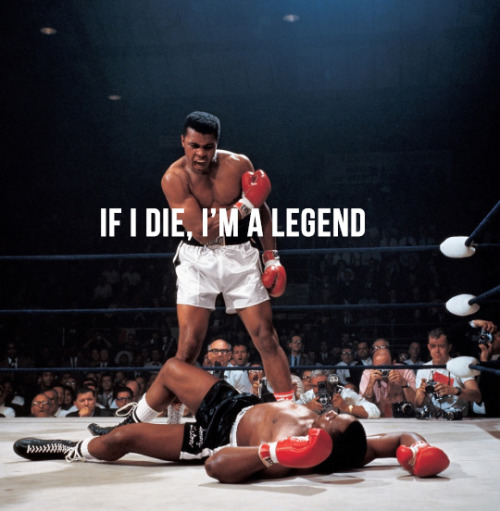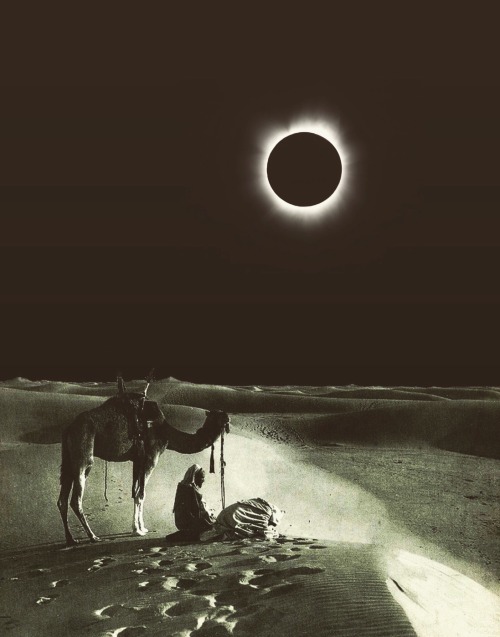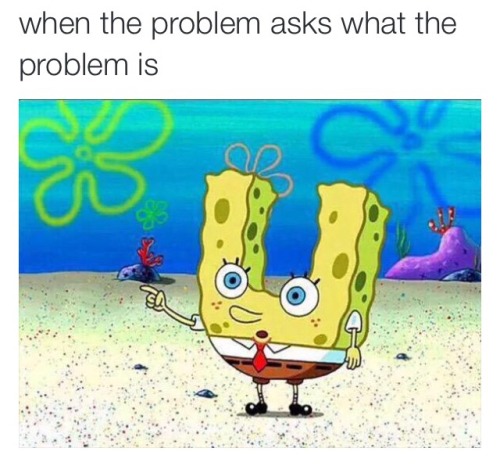Latest Posts by rordes - Page 6














SQUATCH STICK JOUSTING:
THE NEW AMERICAN PASTIME?




“PARENTS EXCUSE MY POTTY MOUTH"



The Floating Boat.
Sulphur Hexafluoride is denser than air, hence accumulates in the bottom of the container. ( if you find it weird you can think of Sulphur hexaflouride analogous to water ). The boat filled with air, as a result floats!
Pretty Cool eh?


“Desert Eclipse” https://society6.com/product/desert-eclipse-a5s_print#1=45








Okay, as I see it there’s three reasons why Mars should be the goal of our space program. And in short, it’s because Mars is where the science is, it’s where the challenge is and it’s where the future is. It’s where the science is because Mars, okay, was once a warm and wet planet. It had liquid water on its surface for more than a billion years, which is about five times as long as what it took life to appear on Earth once there was liquid water here. So if the theory is correct, that life is a natural development from chemistry or if you have liquid water, various elements and sufficient time, life should have appeared on Mars even if it subsequently went extinct, and if we can go to Mars and find fossils of past life, we’ll have proven that development of life is a general phenomenon in the universe. Okay, or, alternatively, if we go to Mars and we find plenty of evidence of past bodies of water but no evidence of fossils or development of life, that could say that the development of life from chemistry is not, sort of a natural process that occurs with high probability but includes elements of freak chance and we could be alone in the universe. Furthermore, if we can go to Mars and drill, because there’s liquid water underground on Mars, reach the ground water, there could be life there now. And if we can get hold of that and look at it and examine its biological structure and biochemistry, we could find out if life as it exists on Mars is the same as Earth life, because all Earth life, at the biochemical level, is the same. We all use the same aminoacids, the same method of replicating and transmitting information, RNA and DNA, all that. Is that what life has to be, or could life be very different from that? Are we what life is, or are we just one example drawn from a much vaster tapestry of possibilities? This is real science, this is fundamental questions that thinking men and women wondered about for thousands of years, the role of life in the universe. This is very different from going to the Moon and dating craters in order to produce enough data to get a credible paper to publish in the journal of geophysical research and get tenure, okay? This is, you know, hypothesis driven, critical science. This is the real thing. Second, the challenge, okay. You know, I think societies are like individuals, we grow when we challenge ourselves, we stagnate when we do not. A humans to Mars program would be a tremendously bracing challenge for our society, it would be tremendously productive, particularly among youth. Okay, humans to Mars program would say to every kid in school today, “Learn your science and you could be an explorer of a new world”. We’d get millions of scientists, engineers, and inventors, technological entrepreneurs, doctors, medical researchers out of that, and the intellectual capital from that would enormously benefit us, it would dwarf the cost of the program. And then finally, it’s the future. Mars is the closest planet that has on it all the resources needed to support life, and therefore, civilization. If we do what we can do in our time, to establish that little Plymouth rock settlement on Mars, then 500 years from now, there’ll be new branches of human civilization on Mars and I believe throughout nearby interstellar space. But you know, look: I ask any American what happened in 1492? They’ll tell me, “Well Columbus sailed in 1492”, and that is correct, he did. But that is not the only thing that happened in 1492. In 1492, England and France signed a peace treaty. In 1492, the Borgias took over the papacy. In 1492, Lorenzo De’Medici, the richest man in the world, died. Okay? A lot of things happened, if there had been newspapers in 1492, which there weren’t, but if there had, those would have been the headlines, not this Italian weaver’s son taking a bunch of ships and sailing off to nowhere, okay? But Columbus is what we remember, not the Borgias taking over the papacy. Well, 500 years from now, people are not going to remember which faction came out on top in Iraq, or Syria, or whatever, and who was in and who was out and you know. But they will remember what we do to make their civilization possible, okay? So this is the most important thing we could do, the most important thing we could do in this time, and if you have it in your power to do something great and important and wonderful, then you should.
Dr. Robert Zubrin on Why we should go to Mars (video)




How Do Cargo Spacecraft Work?

Today is the day that our commercial partner, Orbital ATK, has set for the launch of its fourth contracted mission to the International Space Station. The Cygnus spacecraft will carry more than 7,000 pounds of science and research, crew supplies and vehicle hardware to the orbital laboratory.
How Does it Launch?

This mission is the first Cygnus mission to utilize NASA’s Kennedy Space Center and launch from the Cape Canaveral Air Force base in Cape Canaveral, Florida.
The cargo will be launched inside the Orbital ATK Cygnus spacecraft using a United Launch Alliance Atlas V rocket.
But how does it get there? Is there someone on the ground controlling and directing it to the space station? Surprisingly, no. After launch, the Cygnus spacecraft is automated until it gets near the station. At that point, the robotic controllers use the CanadArm2 to reach out and grapple it (grab), and then berth (connect) it to the station.
What’s Inside?

In order to keep the thousands of pounds of supplies, science and hardware from moving during launch and in flight, the cargo is packed in bags and strapped to the walls.
The new experiments arriving to the space station will challenge and inspire future scientists and explorers. A few of the highlights are:
The Packed Bed Reactor Experiment (PBRE) - This experiment (image below) will study the behavior of gases and liquids when they flow simultaneously through a column filled with fixed porous media. The findings from this will be of interest in many chemical and biological processing systems as well as many geophysical applications.

BASS-M (Burning and Suppression of Solids – Milliken) - This experiment (image below) will evaluate flame retardant and/or resistant textiles as a mode of personal protection from fire-related hazards. Studying this in microgravity will aid in better designs for future textiles and benefit those who wear flame retardant and/or resistant protective apparel such as military personnel and civilian workers in the electrical and energy industries.

Space Automated Bioproduct Lab (SABL) - This equipment is a single locker-sized facility (image below) that will enable a wide variety of fundamental, applied and commercial life sciences research. It will also benefit K-16 education-based investigations aboard the space station. Research will be supported on microorganisms (bacteria, yeast, algae, fungi, viruses, etc.), animal cells and tissues and small plant and animal organisms.

Nodes Satellites – These satellites (image below) will be deployed from the space station to demonstrate new network capabilities critical to the operation of swarms of spacecraft. They will show the ability of multi-spacecraft swarms to receive and distribute ground commands, exchange information periodically and more.

Holiday Surprises - With the upcoming holidays the crew’s family has the opportunity to send Christmas gifts to their family members on the International Space Station.

What About After?
The spacecraft will spend more than a month attached to the space station before it’s detached for re-entry into Earth’s atmosphere in January 2016, disposing of about 3,000 pounds of trash. It will disintegrate while entering the atmosphere.

Want to Watch Launch?
Launch coverage begins at 4:30 p.m. EST on Thursday, Dec. 3 on NASA Television. Cygnus is set to lift off on the Atlas V at 5:55 p.m., the beginning of a 30-minute launch window, from Space Launch Complex 41.
In addition to launch coverage, a post-launch briefing will be held approximately two hours after launch. All briefings will air live on NASA TV.
UPDATE: Due to poor weather conditions, today’s launch has been scrubbed and moved to tomorrow at 5:33 p.m. EST. The forecast for tomorrow calls for a 30% chance of acceptable conditions at launch time. Continuous countdown coverage will be available on NASA Television starting at 4:30 p.m.

UPDATE 2: The uncrewed Cygnus cargo ship launched at 4:44 p.m. EST on Sunday, Dec. 6 on a United Launch Alliance Atlas V rocket from Space Launch Complex 41 on Cape Canaveral Air Force Station in Florida to begin its three-day journey to the orbiting laboratory.

Make sure to follow us on Tumblr for your regular dose of space: http://nasa.tumblr.com
